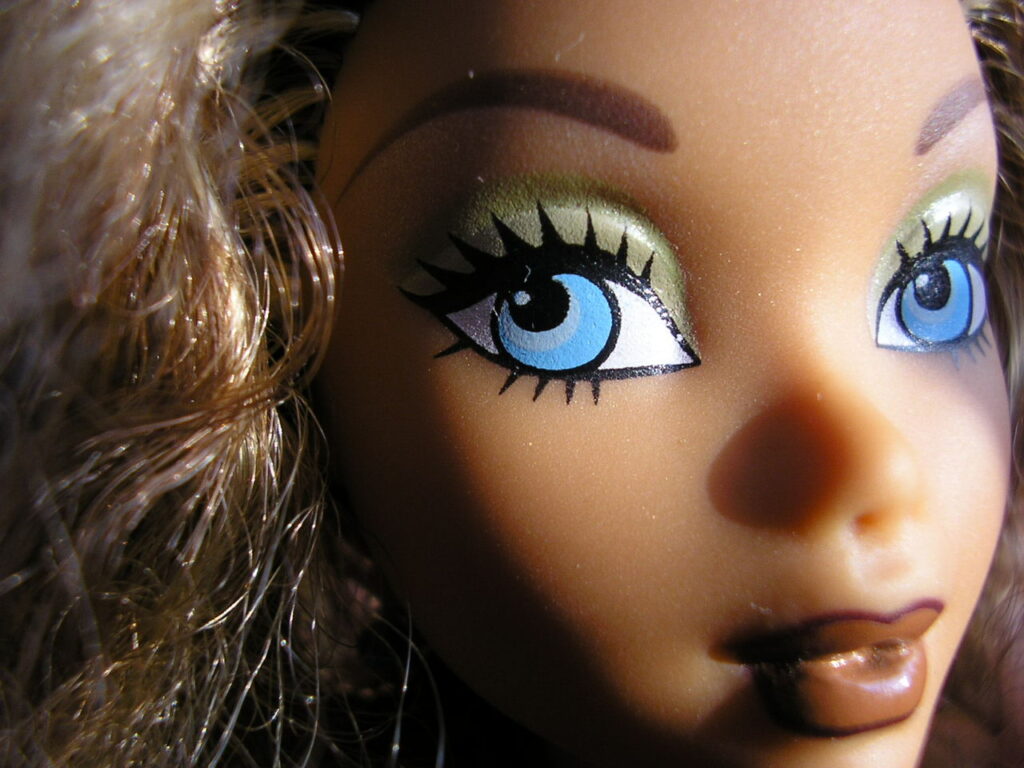Barbie’s New Look
In case you didn’t hear the news — which was on the cover of Time magazine and practically everywhere else — Barbie is changing. The new line of dolls are called Barbie Fashionistas and will be at stores like Walmart and Toys “R” Us in March, according to the New York Times. And while the dolls are indeed fashionable, that’s not the real story. What this means is that Barbie is now going to appear in curvy, tall and petite sizes, in addition to the original size — a move on Mattel’s end to reflect diversity and provide more positive, more inclusive dolls for children to play with and look up to. It took Mattel two years to create these Barbies, so this is something they obviously put a lot of thought and time into. The original Barbie, though she does reflect the many jobs women have today, does not reflect the many shapes and sizes we all come in, plus anatomically speaking, she isn’t even realistic. As The Guardian put it, “if she was a real woman, she wouldn’t be able to lift her head and would have to walk on all fours.”
These new Barbies have real women shapes. Curvy Barbie has an actual tummy. These Barbies also reflect a more diverse range of ethnicity, which is so very important for young girls and boys. (Yes, boys can play with Barbie too!)
I think this is a positive move, but I wouldn’t say that the old Barbie was triggering, in terms of eating disorders. There are so many things that can trigger eating disorders. So I don’t think Barbie was a cause, but dolls like Barbie can contribute to a young girl’s impression of what a woman should look like. Regardless of whether a child is at risk for an eating disorder, we want all children to have a huge choice in the types of dolls they play with. Dolls teach children about life, and we want to impart positive messages about life and self-image from the very start.








